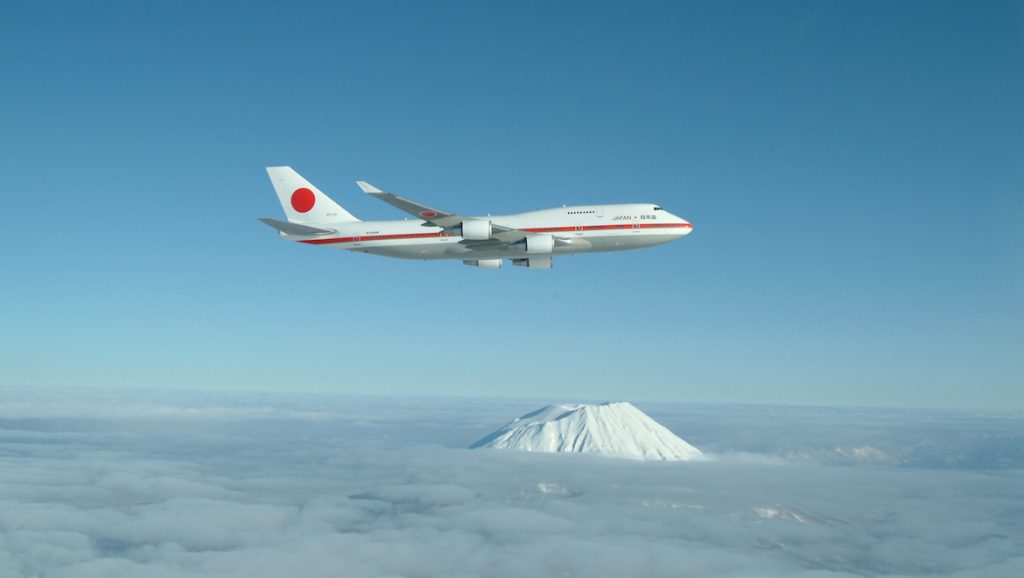
The Japanese government is considering subsidising tourism as a strategy to encourage international travel once restrictions begin to lift, according to local reports.
The Japan Times revealed this week that the national tourism board – the Japan Tourism Agency – put forth a proposal that would see up to half the cost of a trip to the country covered by Tokyo.
Restrictions permitting, the US$12.5 billion program could start as soon as July, said agency chief Hiroshi Tabata, speaking at a press conference Wednesday.
Tabata did not clarify how these subsidies would be distributed or how they would help prop up the country’s struggling aviation sector.
Although the Scheduled Airlines Association of Japan (which includes All Nippon Airways and Japan Air Lines) asked the government for an unsecured loan of US$18.6 billion last month, Tokyo has so far not doled out any state aid.
The subsidy announcement comes as international tourism to the island country has dropped dramatically. Year-on-year, the number of visitors from mainland China fell to just 200 in April 2020, from a previous figure of 726,132.
In the same month, the total number of US travellers in the country stood at 300; a sharp drop-off from 170,247 in 2020.
According to The Japan Times, tourism overall is now down 99.9 per cent.
And while Tabata’s proposal has not yet been officially sanctioned by the Abe administration, Tokyo has provided similar (albeit smaller) subsidies to stimulate the tourism sector in the past.
After the 2018 earthquakes in the northern prefecture of Hokkaido, the central government spent some US$104 million to cover up to 70 per cent of the cost of tourism packages to the island.
Similar measures were put into place after earthquakes and torrential rain hit the main island of Honshu in 2016.










